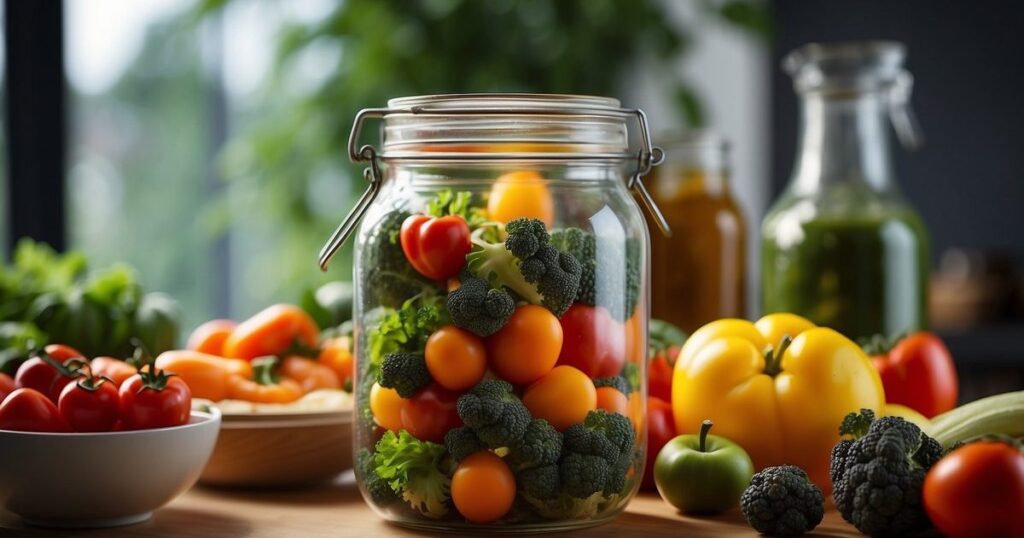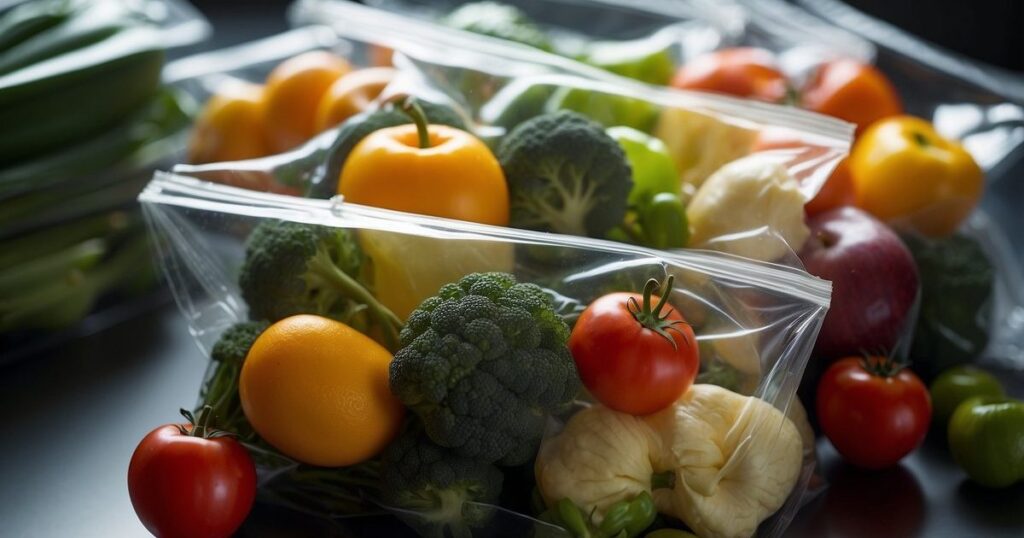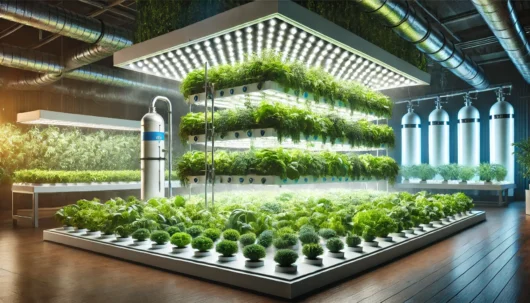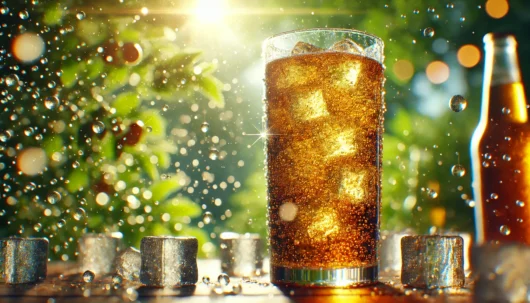Carbon dioxide (CO2) plays a pivotal role in modern food preservation, offering an innovative approach to extending the shelf life of various products. By using CO2 in controlled storage atmospheres, food manufacturers can significantly reduce spoilage, thereby maintaining quality and freshness for a longer period. This method is particularly useful for preserving fruits, vegetables, meats, and other perishable items.
Incorporating food-grade CO2 into packaging creates an environment that inhibits the growth of microorganisms, including bacteria and fungi, which are the primary contributors to food spoilage. This not only ensures the health and safety of the food but also retains its nutritional value and taste, meeting consumer demand for high-quality, natural products.
Furthermore, the food industry continues to explore and expand the applications of CO2 for purposes beyond simple preservation. From inactivating microorganisms to extracting essential oils and flavours, CO2 demonstrates remarkable versatility and efficiency. In doing so, it provides sustainable and eco-friendly solutions to traditional preservation methods, aligning with global trends towards environmental preservation and green technology.
Fundamentals of CO2 in Food Preservation

Utilising carbon dioxide (CO2) in food preservation hinges on its ability to inhibit microbial activity, extend shelf life, and modify packaging atmospheres to maintain food quality. Each of these mechanisms offers distinct advantages in keeping food fresh and safe for extended periods.
Role of Carbon Dioxide in Inhibiting Microbes
Carbon dioxide is effective in inhibiting the growth of various microbes, such as bacteria and mould, which are primary agents of food spoilage. When CO2 dissolves in water within the product, it forms carbonic acid, which lowers the pH and creates an inhospitable environment for microbial growth. This acidification disrupts microbial cell membranes, leading to the inactivation of enzymes vital for their survival.
Moreover, CO2 affects the respiration process of microorganisms by limiting oxygen availability, further deterring microbial proliferation. This dual-action mechanism makes CO2 an attractive option for maintaining the microbiological quality of food products.
Benefits of CO2 in Extending Shelf Life
The application of CO2 in food preservation significantly extends the shelf life of perishable items. Also, by delaying spoilage and oxidation processes, CO2 helps maintain the freshness and quality of food products. The lowered pH levels achieved through CO2 impede biochemical reactions that would otherwise degrade the food.
For instance, in meats and dairy, CO2 reduces the growth of spoilage bacteria, enhancing shelf life and preserving sensory qualities like taste, colour, and texture. Additionally, the inhibitory effect on enzymatic activity ensures prolonged stability of nutrients and bioactive compounds.
Principles of Modified Atmosphere Packaging
Modified Atmosphere Packaging (MAP) involves altering the composition of gases inside the packaging to extend shelf life and maintain food quality. CO2 is a crucial component of MAP, often combined with nitrogen to replace atmospheric oxygen and reduce oxidative damage. The typical gas mixture includes elevated levels of CO2 (20-60%) with reduced oxygen and balanced nitrogen.
This modified environment effectively slows the growth of spoilage organisms and prevents oxidation, which can lead to rancidity and off-flavours. MAP with CO2 is particularly beneficial for fresh produce, meats, and bakery products, ensuring they remain appealing and safe for longer periods without the need for artificial preservatives and stabilisers.
Applications and Innovations

CO2 is widely used in food preservation, enhancing both safety and quality. Below are key areas where CO2 plays a pivotal role in maintaining the integrity of various food products.
CO2 Utilisation in Fruit and Vegetable Storage
In fruit and vegetable storage, CO2 is used to create a controlled atmosphere. This process involves adjusting CO2 levels to slow down respiration rates, preventing over-ripening. Controlled storage atmospheres (CSA) can effectively reduce spoilage, extending the shelf life of produce. By combining CO2 with other gases such as nitrogen, spoilage and waste are minimised, offering a significant advantage for retailers and consumers.
Emerging CO2 Processing Technologies
Innovative processing technologies using CO2 are emerging to meet the demand for sustainable food preservation methods. Techniques such as supercritical carbon dioxide (SC-CO2) processing are gaining traction. SC-CO2 operates under high pressure and temperature, making it an efficient means for sterilisation and enzyme inactivation. This non-thermal technology ensures food safety without compromising nutritional quality. It’s particularly promising for sensitive products that need to retain bioactive compounds.
Impact on Food Safety and Quality
CO2’s role in ensuring food safety is critical. It is utilised to deactivate harmful pathogens such as Salmonella, Escherichia coli, and Listeria. Maintaining high CO2 environments during storage and processing significantly reduces the risk of contamination. This practice also enhances the preservation of food quality, particularly in terms of taste, texture, and nutritional value. High-pressure carbon dioxide treatments also help maintain the health benefits of various food products without the adverse effects associated with chemical preservatives.
Case Studies: CO2 in Beverage and Coffee Preservation
CO2 is essential in the preservation of beverages and coffee. In the beverage industry, CO2 is used for carbonation, extending shelf life and preventing microbial growth. Coffee preservation benefits from CO2 through methods like gas flushing, which removes oxygen and prevents staling. Studies by Praxair and other industry leaders highlight the effectiveness of CO2 in maintaining the freshness and quality of these products, supporting its role as a crucial component in modern food preservation technologies.
Frequently Asked Questions
Understanding the utilisation of carbon dioxide (CO2) in food preservation practices involves evaluating its effectiveness, safety, and specific applications in various stages of food storage and packaging.
How does carbon dioxide contribute to food preservation?
CO2 helps in extending the shelf life of perishable items. It inhibits the growth of certain bacteria and moulds, which are common causes of food spoilage. By creating an environment that slows down the degradation process, CO2 ensures that food products remain fresh for longer periods.
Is carbon dioxide a safe preservative in food products?
Yes, CO2 is considered safe for preserving food. It is a naturally occurring gas and has been approved by food safety authorities worldwide for use in Modified Atmosphere Packaging (MAP) and Controlled Atmosphere (CA) storage. Proper usage ensures that the food remains safe for consumption.
What is the role of CO2 in maintaining the freshness of packaged goods?
In MAP, CO2 is used to replace oxygen in packaging. Oxygen is a primary cause of oxidation and spoilage in food. By reducing oxygen levels and increasing CO2, the atmosphere inside the package slows down the spoilage process, helping to maintain the freshness and quality of the food.
Can carbon dioxide be used to store frozen foods?
CO2 is effective in the storage of frozen foods. It can be used in combination with other gases to create a protective atmosphere around frozen items, further inhibiting the growth of spoilage microorganisms. This technique retains the flavour and texture of frozen goods for a longer time.
What are the effects of CO2 on the shelf life of soft drinks?
In soft drinks, CO2 is responsible for carbonation, which not only provides a fizzy sensation but also serves as a preservative. Carbonation increases the acidity of the beverage, creating an environment that is less favourable for microbial growth, thereby extending the shelf life of the drink.
In which ways is carbon dioxide utilised in the food industry to enhance preservation?
Various methods utilise CO2, including Modified Atmosphere Packaging (MAP), Controlled Atmosphere (CA) storage, and high-pressure CO2 pasteurisation. Additionally, industries use it to produce dry ice for transportation and cold storage and as a stunning agent in meat processing. Each application leverages CO2’s properties to maintain the quality and safety of food products.


